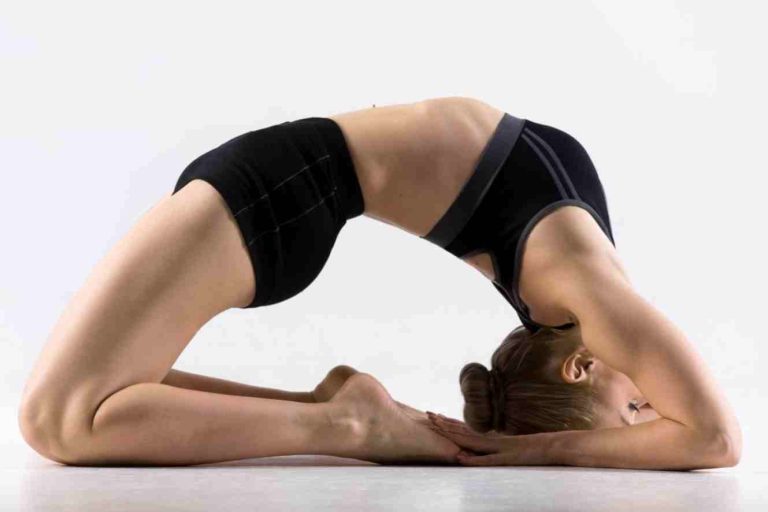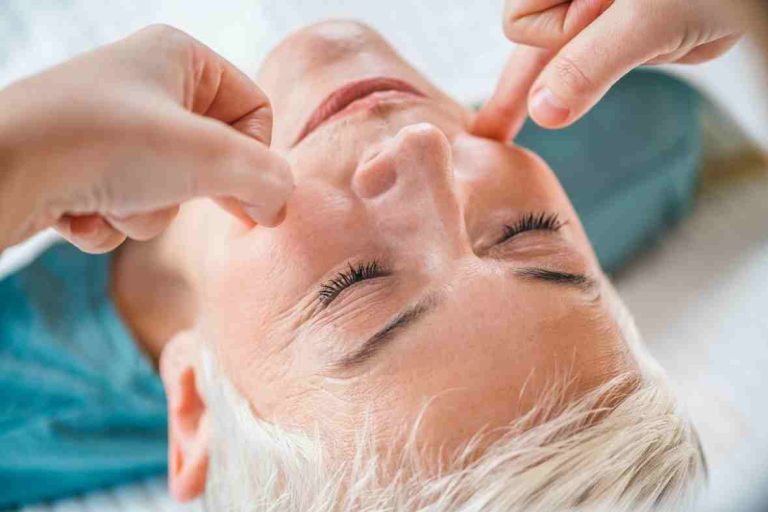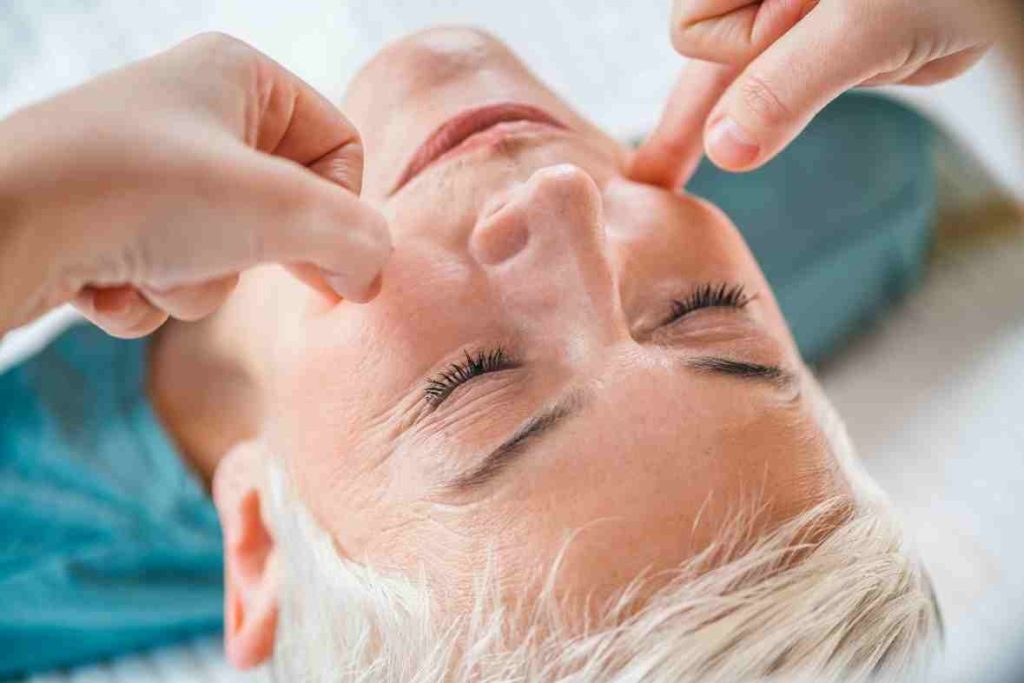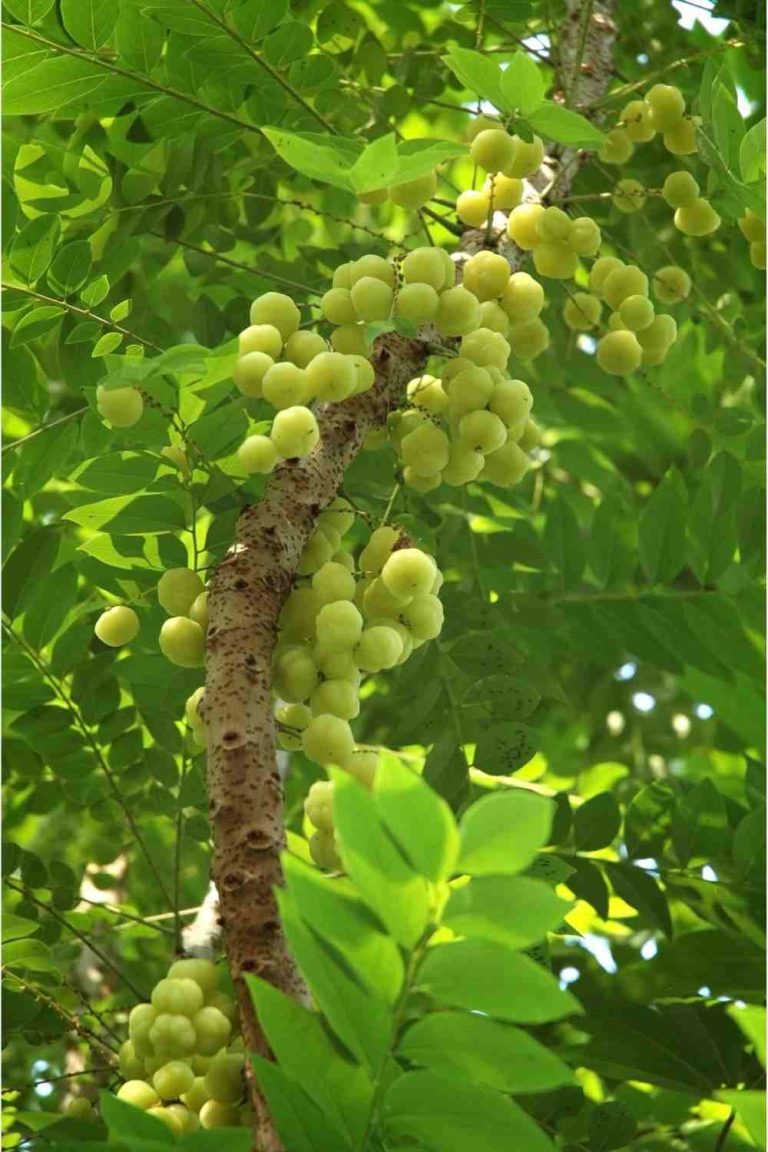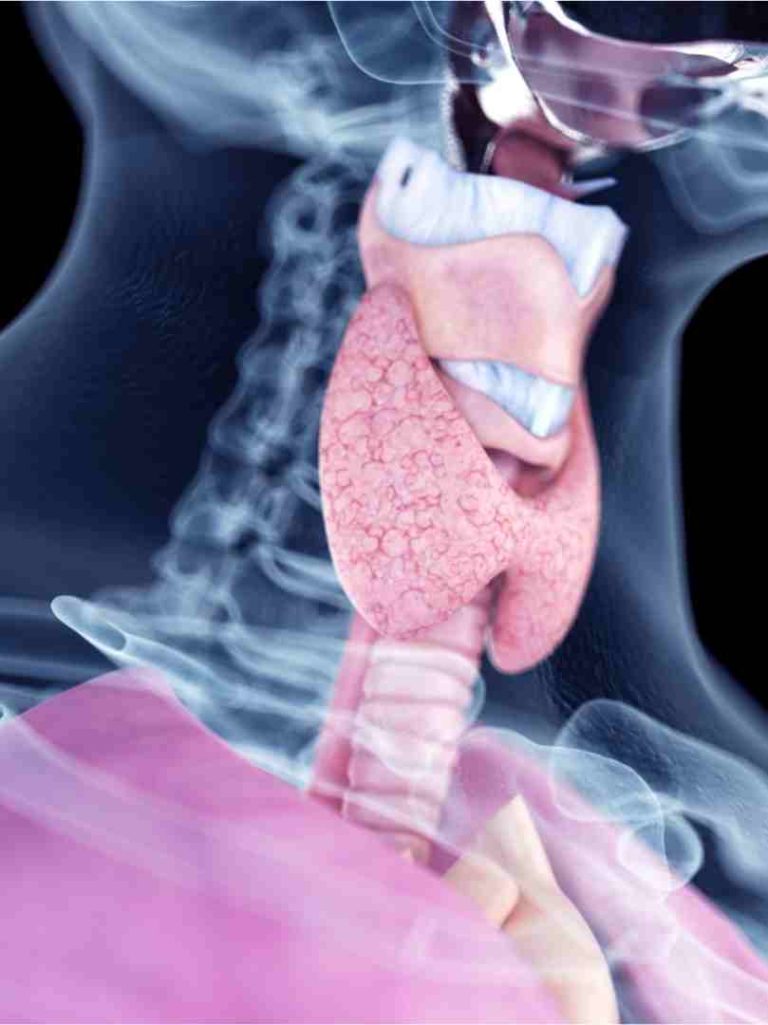
Table of Contents
The Kapotasana Benefits
The simple yoga pose Kapotasana provides amazing benefits for the body. This posture strengthens the legs and spine, improves blood circulation, regulates high blood pressure, and tones the muscles of the chest, abdomen, and ribcage. Learn how to perform the posture and get all the benefits from kapotasana. Also, find out what precautions to take when performing it.
Introduction: what is kapotasana ?
One of the backbend poses in yoga, Kapotasana benefits helps you find inner strength and peace. This posture can be performed on the floor or a chair. The Kapotasana benefits are immense, and you will see a dramatic change in your posture and energy levels.
The posture opens the chest and improves lung function and reduces shortness of breath. It has also been shown to improve a person’s outlook and interpersonal relationships. But before you begin your journey into this posture, you should make sure to warm up with a few warm-up poses to prepare your body for the posture. Ardha Kapotasana is an excellent one to start with. It opens the chest, strengthens your spine, and stretches your arms and shoulders.
Kapotasana Benefits
There are many Kapotasana benefits for the spine, including the reduction of the effects of chronic diseases and the strengthening of the spine. It should be practiced by people who don’t have any health concerns, but isn’t suitable for people with high blood pressure or headaches. This posture can be a good option for people who don’t want to spend time in a seated position, but still want to stretch out the spine.
It can be challenging for people with circulation disorders, or women who are pregnant. This asana is also not recommended for people with tight thighs. It increases body strength and flexibility, and can be difficult for those with tight thighs initially. It is important to follow your instructor’s instructions, though. Some people may not be able to do the pose well, so they should seek professional help and gradually they may achieve the ability.
How to perform Kapotasana
Before learning how to perform Kapotasana, you must know a few things about the asana. This asana is only suitable for advanced-level practitioners. People with recent injuries, insomnia, or migraines should not try it out, and pregnant women should avoid it if they are menstruating. It is also advisable to consult a yoga trainer before you perform it. Performing this asana has some concerns, so it is best to seek the guidance of a certified trainer.
The benefits of Kapotasana are numerous and include an extreme stretch for the back, hips, and thighs. The pose also promotes comprehensive body-mind health. It is also known as pigeon pose. Practicing this asana regularly is a great way to increase flexibility, strength, and flexibility. To perform this asana correctly, you must first be able to maintain an empty stomach and bowels. It is best to perform this asana early in the morning. If you suffer from high blood pressure, insomnia, or migraine, you should not attempt it. You must also consult a doctor.
Precautions in Kapotasana
There are many benefits to practicing kapotasana. It improves flexibility and strength in the back, thighs, and groin. However, if you have any back, knee, or hip problems, this posture is not for you. Performing the pose may cause pain, so it is better to practice under the guidance of an expert. It should also be practiced on an empty stomach, preferably at least four to six hours after a meal. If you experience any pain, stop immediately and seek medical attention.
The most common benefits of this pose include strengthening the back and ribcage, releasing stress and tension, and improving circulation and breathing. The posture also improves the health of the neck, arms, and legs. It also strengthens the lungs, and reduces the symptoms of a variety of diseases, including arthritis, high blood pressure, and sciatica. However, people with high blood pressure or heart problems are not advised to practice kapotasana.
Kapotasana in reducing mental disorders
The benefits of Kapotasana yoga are numerous and widely-acclaimed. According to renowned Ashtanga yoga instructor Kino Macgregor, it is like putting your finger into an electrical socket. This posture releases deep-seated emotions and creates a surge of energy. Some people have reported that the pose has caused them to cry after practicing it. The backbend’s extreme twist makes it a difficult pose to perform.
Another benefit of this pose is that it opens the lungs and improves lung function. It is also beneficial for conception. It has been shown to reduce anxiety and traumatic events. Practicing Kapotasana regularly will improve your outlook on life. When practiced regularly, it You should begin with a warm-up pose before moving on to this posture, such as Ardha Kapotasana or Eka Pada.

